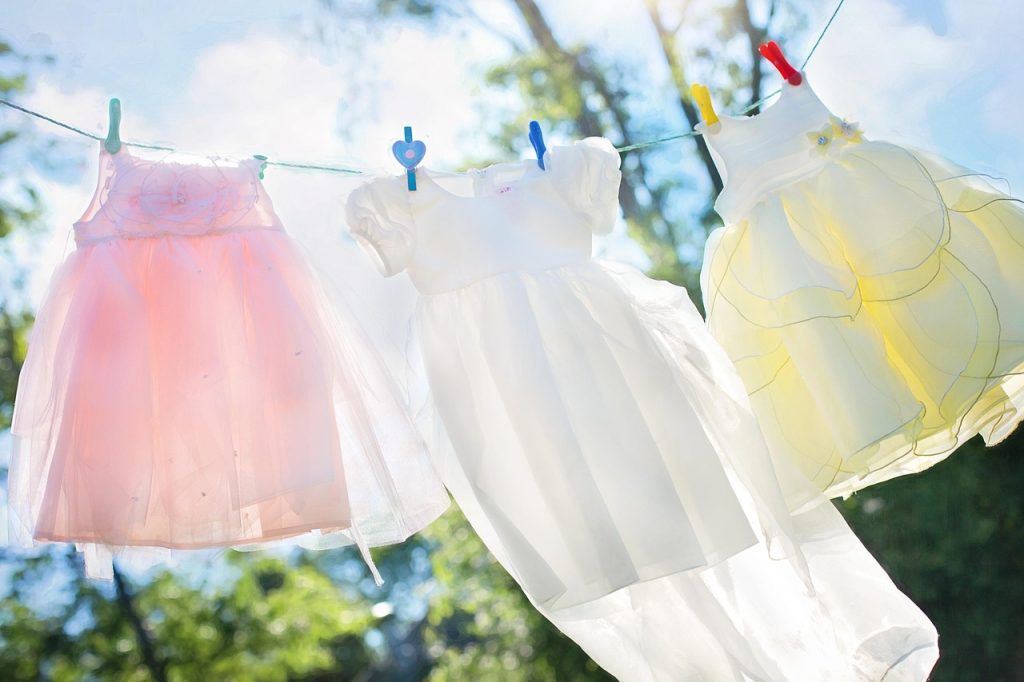When we think about toxins in our lives, we often look at food, cleaning products, or skincare — but what about the clothes we wear every day? From pesticide-laden cotton to chemical dyes and synthetic fabrics, your wardrobe can be a hidden source of toxin exposure.
The solution? Sustainable, low-tox fashion. Here’s how to build a wardrobe that’s better for your body and the planet — without sacrificing your personal style.

1. Choose Natural, Organic Fabrics
Why it matters:
Synthetic fabrics like polyester, nylon, and acrylic are made from petrochemicals and can off-gas microplastics and hormone-disrupting toxins. Even conventional cotton is one of the most pesticide-heavy crops in the world.
Low-tox alternative:
Opt for certified organic cotton, hemp, linen, and TENCEL™ (made from sustainably harvested wood pulp). These fabrics are breathable, biodegradable, and gentler on skin.
2. Avoid Toxic Dyes & Finishes
Why it matters:
Many clothes are treated with toxic dyes, formaldehyde, flame retardants, and wrinkle-resistant finishes — all of which can linger on your skin.
Low-tox alternative:
Look for brands that use plant-based or GOTS-certified dyes and avoid chemical-heavy processing. When in doubt, go for undyed, naturally colored, or pre-washed clothing.
3. Wash New Clothes Before Wearing
Why it matters:
New clothes often come coated with chemical residues from manufacturing, shipping, and storage — including fungicides and sizing agents.
Low-tox tip:
Always wash new garments (even organic ones) before wearing. Use a fragrance-free, non-toxic detergent, and add a splash of white vinegar to help neutralize residues.
4. Buy Less, Choose Well
Why it matters:
Fast fashion encourages overconsumption, waste, and exposure to cheap, chemically treated fabrics. It’s harmful to both people and the planet.
Low-tox alternative:
Embrace slow fashion. Build a capsule wardrobe with timeless, high-quality pieces that you truly love and wear often. Less clutter, fewer toxins, more intention.
5. Support Ethical & Transparent Brands
Why it matters:
Many clothing companies hide behind greenwashing. Ethical brands are transparent about their sourcing, labor practices, and environmental impact.
Low-tox tip:
Look for certifications like GOTS (Global Organic Textile Standard), OEKO-TEX, Fair Trade, and Bluesign®. These ensure safer fabrics and fair working conditions.
6. Secondhand is Sustainable (and Low-Tox, Too!)
Why it matters:
Buying secondhand reduces textile waste and resource consumption — plus, most chemical finishes have already been washed out.
Low-tox bonus:
Thrift, swap, or shop high-quality resale platforms for pieces that are stylish, broken-in, and low on residual toxins.
Final Thoughts
Sustainable style is about more than eco-trends — it’s a conscious choice to care for your body, the people who make your clothes, and the planet we all share. Every garment tells a story. Let yours be one of integrity, health, and simplicity.